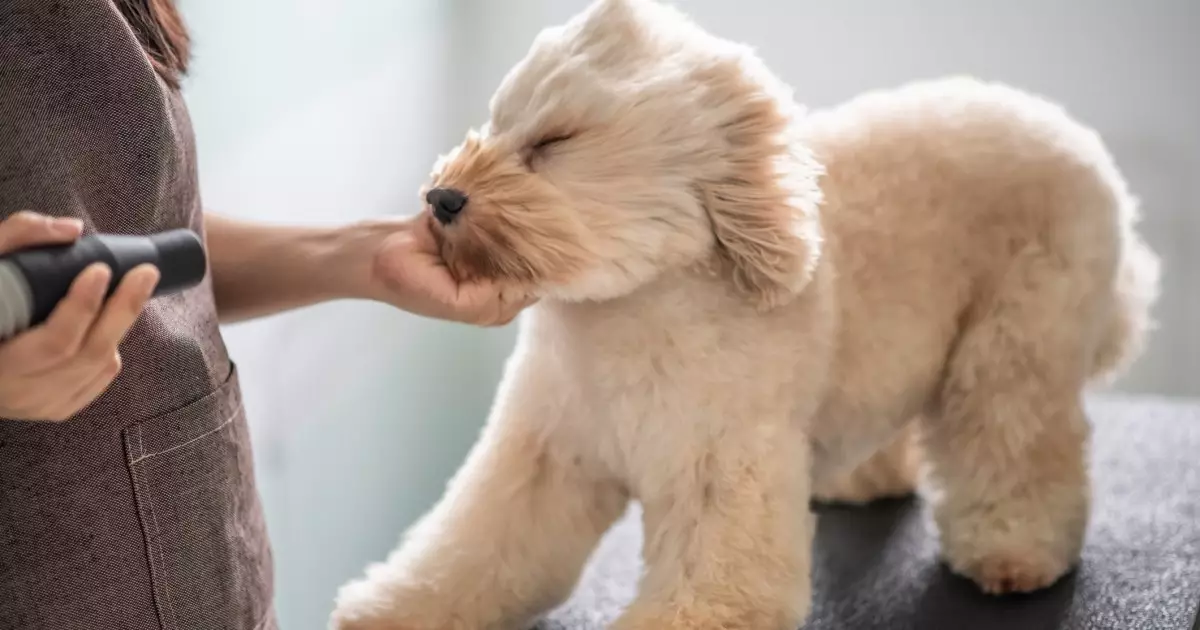Grooming your dog is a vital aspect of pet care that can significantly influence their health and happiness. However, many pet owners find the task daunting, often due to misunderstandings or the fear of making mistakes. While professional groomers possess expertise and training, with some knowledge and practice, you can effectively groom your pet at home. This article will provide an analysis of common pitfalls in dog grooming and offer tips to ensure a positive experience for both you and your furry friend.
One of the foundational elements of successful dog grooming is creating a comfortable environment for your pet. It’s essential to begin socializing your dog at a young age. Familiarizing them with touch, especially around sensitive areas such as the face, paws, and tail, can significantly ease the grooming process. Introducing your dog to various grooming tools gradually, allowing them to hear and see items like clippers or brushes in a stress-free context, can help reduce anxiety during actual grooming sessions later on.
Patience is crucial when developing this comfort. Regular positive reinforcement, such as praise and treats, is effective in associating grooming with pleasant experiences. Even if your dog is older or has been adopted, it is never too late to start training for a good grooming routine. By fostering good habits early on, you minimize the chances of distressful grooming sessions, ultimately making the process smoother for both of you.
Brushing is often perceived as a straightforward task; however, many dog owners neglect specific regions of their pet’s body, overlooking the importance of a comprehensive grooming strategy. Certain areas, including the belly, underarms, tail, and even the ears and face, require regular attention. This not only helps maintain a neat appearance but also plays a significant role in preventing skin irritations and infestations by parasites.
Particularly for long-haired breeds, brushing before and after bathing is imperative. Brushing first helps remove knots and dead fur, making the subsequent bathing process smoother and less painful. After the bath, another round of brushing is equally important, as water can loosen additional dead hair, creating mats if not addressed promptly. Regular grooming, including brushing, should become part of your routine, independent of whether you have scheduled a full grooming session. This consistency builds good habits and makes comprehensive grooming less intimidating for your dog.
A common concern among pet owners is the fear of cutting their dog’s hair during colder months. Many believe that longer fur will help keep their dog warm, leading them to neglect grooming tasks. However, failing to trim your dog’s coat can result in severe matting, which may necessitate a more drastic shave. Regular trimming promotes healthier hair conditions, preventing complications while still allowing your dog’s natural protective coat to offer warmth.
Instead of avoiding grooming altogether in winter, it’s essential to maintain a routine that includes regular brushing and occasional light trimming. This not only keeps your dog comfortable but also ensures that your grooming routine remains part of your schedule throughout the year.
Neglecting nail care can lead to discomfort for your dog and potential health issues. Nail trimming can be intimidating, particularly for those unfamiliar with a dog’s anatomy. It is crucial to familiarize yourself with the quick of the nail to avoid painful cuts that can result in bleeding. Clipping nails should be a gradual process; don’t rush into it, especially with young puppies or nervous dogs.
Additionally, using the right tools—the sharpest clippers—can prevent accidents and make the process smoother. Always replace dull clippers promptly to avoid risking injury when cutting.
Bath time can be a source of anxiety for many dogs if managed poorly. Always prioritize safety by using pet-friendly products and rinsing thoroughly to avoid irritants, especially near the eyes. After a bath, ensure that your dog doesn’t immediately dash outside, as they often feel a sudden urge to roll in the dirt or grass. To prevent this and reintroduce mess after grooming, allow ample time for them to settle after bathing before heading outside.
By understanding the fundamentals of dog grooming and avoiding common mistakes, you can create a positive and less stressful grooming experience for both you and your dog. Focusing on training, patience, and consistent grooming habits will not only enhance your pet’s appearance but also contribute to its overall well-being. Embrace the journey, and with time, you’ll become more confident in your dog grooming abilities.


Leave a Reply